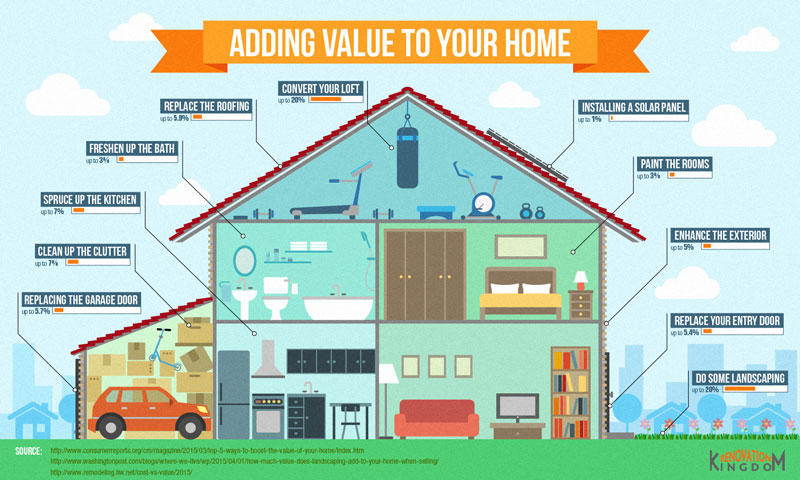When you're intending a Home Addition, recognizing the expenses entailed with a professional is vital. Labor expenditures can rise and fall based on the professional's expertise and the job's intricacy. You'll likewise require to factor in product costs and any added costs like permits or examinations. Without a clear budget plan, unexpected expenses can rapidly derail your project. So, how can https://www.bobvila.com/articles/cost-to-vault-ceiling/ ensure your financial resources are aligned with your vision?
Labor Expenses: Recognizing Specialist Fees
When intending a Home Addition, it's essential to grasp the labor costs included, particularly service provider fees. Contractor costs can vary commonly based on experience, area, and the intricacy of your task.
You'll typically encounter 2 types of charges: per hour rates and repaired proposals. Hourly rates prevail for smaller sized work, while fixed quotes are usually used for bigger jobs. Make sure to obtain multiple quotes to comprehend the typical expenses in your location.
Do not fail to remember to factor in possible added expenses, such as authorizations or assessments, which can influence complete labor expenditures. Communicating plainly with your contractor about assumptions and timelines can additionally assist you avoid unanticipated charges, ensuring your task remains within budget.
Product Costs: Budgeting for Materials
After you have actually handled labor prices, it's time to look at material expenditures, which can dramatically impact your total budget for a Home Addition.
You'll require to budget for fundamentals like lumber, drywall, insulation, floor covering, and roof materials. Do not ignore components, home appliances, and coatings; they can promptly accumulate.
It's smart to research costs from numerous providers to discover the most effective offers. Think about setting aside what are general contractor materials for unanticipated product cost boosts or scarcities.
Additionally, bear in mind to make up shipment costs and any type of tools or devices you might need to purchase or lease. By planning your product expenses meticulously, you can avoid budget plan overruns and guarantee your Home Addition stays on track.
Added Expenses: Licenses, Evaluations, and Unexpected Costs
While budgeting for your Home Addition, it's critical to consider additional expenses that can capture you off guard, such as permits, examinations, and other unforeseen prices.
Permits are often needed by your city government, and their charges can differ considerably depending on your task's extent. Evaluations, which ensure your job abides by neighborhood codes, can likewise add to your costs.
You may assume you've accounted for every little thing, yet unforeseen concerns like architectural problems or hold-ups can develop, causing additional expenses.
To stay clear of economic surprises, it's a good idea to set aside a contingency fund-- typically 10-20% of your overall budget. By planning for these extra expenditures, you'll keep your project on the right track and within budget plan.
Conclusion
Finally, grasping the costs involved with a Home Addition service provider is vital for your job's success. By understanding labor fees, budgeting for materials, and accountancy for added costs like authorizations and examinations, you can avoid shocks in the process. Remember to collect numerous estimates and reserved a contingency fund for unforeseen prices. With careful preparation and monitoring, you can maintain your Home Addition project on track and within budget.
